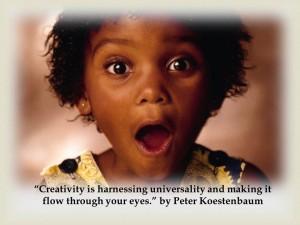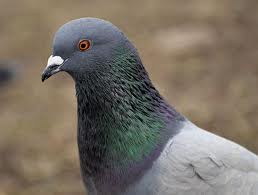What Makes a Picture Book Great?
There are three touchstones that help determine if a book is great:
Universality
Individuality
and
Suggestion.
1. Universality does not mean that everyone will love the book. It means that the idea expressed by the text touches on a common human experience. The book will provide the reader with an emotional response that (s)he have all felt at one time or another: love or hate, hope or fear, joy or despair, confronting death or reclaiming life. It is what William Faulkner called “the human heart in conflict with itself.” When you are confronted with universality you will bring your unique life experiences to the emotion to make sense of it.
2. Individuality is the writer’s fresh approach to the universal subject (mentioned above). It is a writer’s ability to create a new twist on an old theme. This can happen with word placement, illustrations, and/or other methods of organization. To really master this touchstone, you need to be well-read. Once you have read many books you can begin to judge whether or not a book has a new angle.
3. Suggestion is considered the most “subtlest and most rewarding writing.” I love this concept because it is basically like giving the reader homework. The reader finishes the book with something left to do. We can inhabit the work. This does not mean that the writing is ambiguous and we therefore have to finish the story. It actually means that the author gives us the gift of placing references, pictures and words in the story that allow us to add to the story. The author gives us signals and our imagination follows. Once we begin to realize relevant associations the book grows in meaning and emotional impact.
These three touchstones are related. They work together to create balance and symbiosis. Interestingly, they do not have to be present in equal weight throughout the literary work but they each have to be present. This is what makes a strong story. Also, illustrations can do a lot of the work to build on these touchstones. It is not all about the writing.
Think about one of your favorite books and how it incorporates the three touchstones of Universality, Individuality, and Suggestion.
Here is an example of one of my favorite picture books with some analysis added.
Don’t Let the Pigeon Drive the Bus by Mo Willems
This book is about a pigeon who wants to drive a bus (kind of obvious from the title). I think it is really about negotiation. The story evokes the universal human emotion of really wanting something badly, even if it is probably a bad idea. Pigeon uses every strategy: bartering, begging, manipulating, passive-aggression, extreme anger and so forth. We can relate to this idea of using every kind of negotiation strategy to try and get what we really want. On the other side of the negotiation, we can relate to the feeling of having to say no repeatedly, even when the pigeon is so adorable!
From an individuality perspective, the concept of a story about a pigeon wanting to drive a bus and having to get permission from the reader is a fresh approach. The imagination of Mo Willems as he takes us through this negotiation is huge. The illustrations bring the emotions to life.
Finally, Willems leaves us with the power of suggestion by having a semi-truck drive up to Pigeon on the last pages. He is obviously getting a new idea. The reader is left filling in the blanks about what is going to happen next.
This book hits on all of the necessary touchstones to make it great. It is an excellent teaching tool as well as blast to read!
And if you love it (like me) you should definitely read: Pigeon wants a Puppy! Imagine that!!!









Picture books are amazing, They allow for so much creativity that cannot always be found in literature or novels. The creativity is shown by, the illustrator, the author, but also the reader.